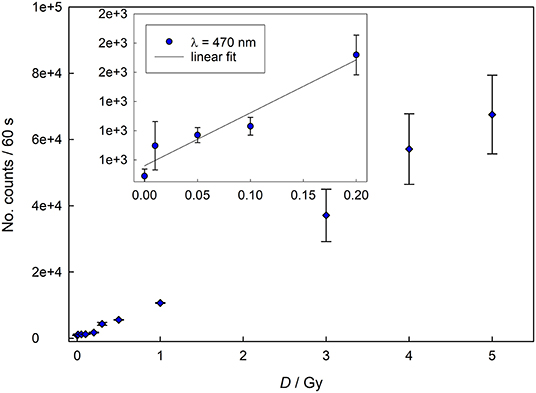

The innovations introduced by EU Regulation 1169/2011 (European Commission, ) are many and varied (). Comparisons between recent nutrition labelling regulations issued by the EU and the old Italian Legislative Decree 109/1992 (still in force Italian Republic, ), identify not only challenges to EU harmonisation that require focused efforts, but also opportunities for increasing EU agreement on nutrition labeling (Christine et al., 1996). Case Report Trade is facilitated when food labelling information requirements are similar among countries. In order to achieve a high level of health protection for consumers and to guarantee their right to information, consumers should be appropriately informed as regards the food they consume.
#Directive 90 496 cee pdf editor free
The free movement of safe and wholesome food is an essential aspect of the internal market and contributes significantly to the health and well-being of citizens, and to their social and economic interests. The mandatory provision of nutrition information on packaging should assist nutrition actions as part of public health policies which could involve the provision of scientific recommendations for nutrition education for the public and support informed food choices. The nutrition declaration for food concerns information on the presence of energy and certain nutrients in foods. The presentation of nutrition information on food packaging, the inclusion of nutrition information is voluntary unless a nutrition-related claim is made concerning the food. The labelling of nutritional content and of permitted additives has been receiving increasing attention (Marks, ).

EU Regulation 1169/2011, part of the regulatory path traced by the Union, should contribute to attaining high consumer’s protection levels thanks to the measures taken to ensure the free movement of food and to unify the laws of individual countries. Some aspects of the provision of information to consumers should be complemented by specific rules in order to prevent unfair business practices. Directive 90/496/EEC on Nutrition Labelling for Foodstuffs: Discussion Paper on Revision of Technical Issues EUROPEAN COMMISSION Directorate E.
#Directive 90 496 cee pdf editor for free
Sign up for free now at Directive 90 496 Cee. You can do it, too! Cara Memperbaiki File Foto Yang Rusak Setelah Di Recovery. Most of the 204 notified labelling-related issues pertains to incorrect labels, undeclared allergenic ingredients, and unlabelled irradiation (Kleter et al., ).ĭirective 90 496 Cee Pdf Editor. The approximation of the laws of the Member States relating to the labelling, presentation and advertising of foodstuffs establishes common ground for governing food information, enabling EU consumers to make informed choices in relation to food and specifically to prevent misleading actions and omissions of information. 109 of 27 January 1992 (Italian Republic, ) implementing Directive 89/395/EEC and 89/396/EEC (European Commission, ), labelling is regarded as the set of references, indications, trademarks or trade images or symbols relating to the foodstuff which appears directly on the package or on a label or on the fasteners or signs, rings or collars accompanying or referring to the product itself. In 1950, labels were used to show information about the ingredients and the product expiry date. Introduction At the beginning of the 20 th century, following the introduction of the canned food trade, information began to appear on food packaging, currently known as labels, which were till then simple paper strips bearing just a catchword or the manufacturer’s name or even the food product name.


 0 kommentar(er)
0 kommentar(er)
